Rheumatoid Arthritis Winter Relief: Protect Your Joints from Pain
As someone who has spent years working closely with patients battling rheumatoid arthritis (RA), I understand how challenging it can be to manage this condition. The struggles often intensify when the colder months roll around, and joint care becomes even more crucial. If you have rheumatoid arthritis, you probably know how the cold can make your joints feel stiffer and more painful. The winter chill can leave you feeling more achy, which is why it’s essential to be proactive with your joint care routine during these months.
In this guide, we’ll discuss the unique challenges of managing rheumatoid arthritis in colder weather and share some tips for minimizing discomfort and maximizing your joint health. Let’s dive right into the importance of understanding the impact of cold weather on your joints and how you can take action to feel better.
Why Cold Weather Affects Rheumatoid Arthritis
It’s not just a matter of being cold—there are real physiological changes that occur in your body when the temperature drops, and these changes can exacerbate the symptoms of rheumatoid arthritis. The first thing to note is that cold weather can cause blood vessels to constrict, which leads to reduced blood flow. This reduction in circulation can cause your joints to feel stiffer, and, as a result, you may experience more pain, swelling, and overall discomfort. Your body also tends to tighten up in response to the chill, and for individuals with RA, this tightening only intensifies the strain on already inflamed joints.

How Cold Affects Your Joints
When it comes to rheumatoid arthritis, one of the main issues with cold weather is that it increases the stiffness of your joints. This stiffness can make it more difficult to move around and perform everyday tasks. Your joints may feel particularly swollen and tender, and if you’re not careful, it could lead to flare-ups. And let’s face it—flare-ups during winter can make everything harder, from getting out of bed to just relaxing at home.
The stiffness is most commonly felt in the hands, wrists, knees, and feet, but it can affect any joint in the body. For those with RA, any temperature drop can trigger more intense symptoms, often lasting for hours or even days. As someone who has seen countless patients with RA struggle with this seasonal change, I can’t emphasize enough how vital it is to manage your joint health year-round, but especially during the colder months.
Effective Strategies for Joint Care During Cold Months
Taking extra care of your joints during the colder months is essential. Luckily, there are several ways you can minimize the discomfort and prevent further damage. In my experience, combining preventive measures and practical adjustments can make all the difference in how you manage rheumatoid arthritis when the weather turns chilly. Let’s go over some of the best strategies you can incorporate into your routine.

Layer Up and Keep Warm
First things first: warmth is your friend when it comes to RA and the cold. While it may seem simple, making sure that your body and joints stay warm is one of the most effective ways to reduce stiffness and prevent flare-ups. Start by layering your clothing, especially around areas most affected by rheumatoid arthritis like your knees, wrists, and elbows. Wearing warm gloves, socks, and even heated pads can help keep your joints comfortable during outdoor activities or even while resting at home.
If you’re someone who spends a lot of time outdoors, I highly recommend investing in heated gloves or a heated jacket. This can really help maintain warmth in your fingers, hands, and upper body—essential areas for those of us dealing with RA. The more you can keep your joints warm, the more you’ll reduce the chances of stiffness setting in.
Stay Active, Even Indoors
I know how tempting it can be to curl up under a blanket when it’s cold outside, but maintaining movement is critical for joint health. When your joints aren’t moving regularly, they become more prone to stiffness, pain, and swelling. But the good news is you don’t have to do high-intensity workouts to keep your joints moving. Low-impact activities like gentle stretching, yoga, or even walking around the house can be enough to keep things from freezing up.
Remember, it’s about consistency, not intensity. The goal is to keep blood flowing to your joints and prevent them from becoming too stiff. I’ve seen patients who incorporate small movement routines into their daily schedules and experience significant improvements in flexibility and pain reduction. Even if it’s just a few minutes of stretching here and there, every little bit counts!
Consider Your Diet for Joint Health
What you eat plays a big role in managing your rheumatoid arthritis symptoms. Cold weather can sometimes make it harder to eat balanced meals, especially if you’re craving comfort food, but sticking to a nutrient-rich diet is essential for reducing inflammation and supporting your joints. Many of the foods that are beneficial for RA are naturally anti-inflammatory, such as omega-3 fatty acids found in fish like salmon, walnuts, and flaxseeds.
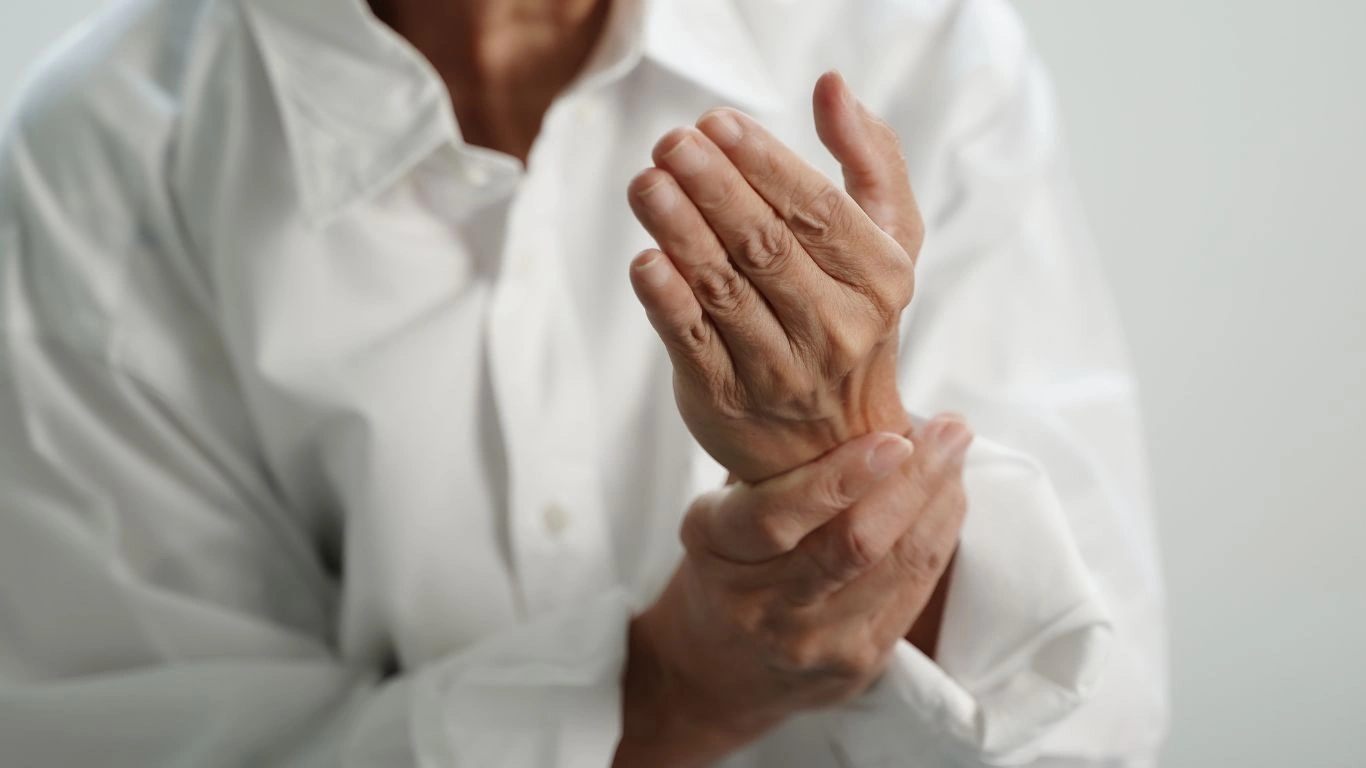
Anti-Inflammatory Foods to Include
- Fatty fish like salmon and mackerel
- Leafy greens such as spinach, kale, and broccoli
- Cherries and berries for their antioxidant properties
- Olive oil for its heart-healthy fats
- Nuts and seeds, especially walnuts and flaxseeds
Along with these foods, make sure you’re staying hydrated. I always tell my patients to drink plenty of water throughout the day, as dehydration can contribute to joint pain. It’s not just about eating the right foods, but also giving your body the fuel it needs to fight inflammation and maintain joint health, especially when the cold weather is at its worst.
Warm Baths and Heat Therapy: Your Secret Weapon for Joint Relief
One of the best-kept secrets I always recommend to my patients is the use of warm baths or heat therapy. If you’ve never considered it before, let me tell you that it’s a game-changer for managing rheumatoid arthritis pain during the colder months. When the weather gets cold, your joints become tighter, and they crave warmth. A warm bath can relax muscles and reduce stiffness, and the good news is, it can be done in the comfort of your home!
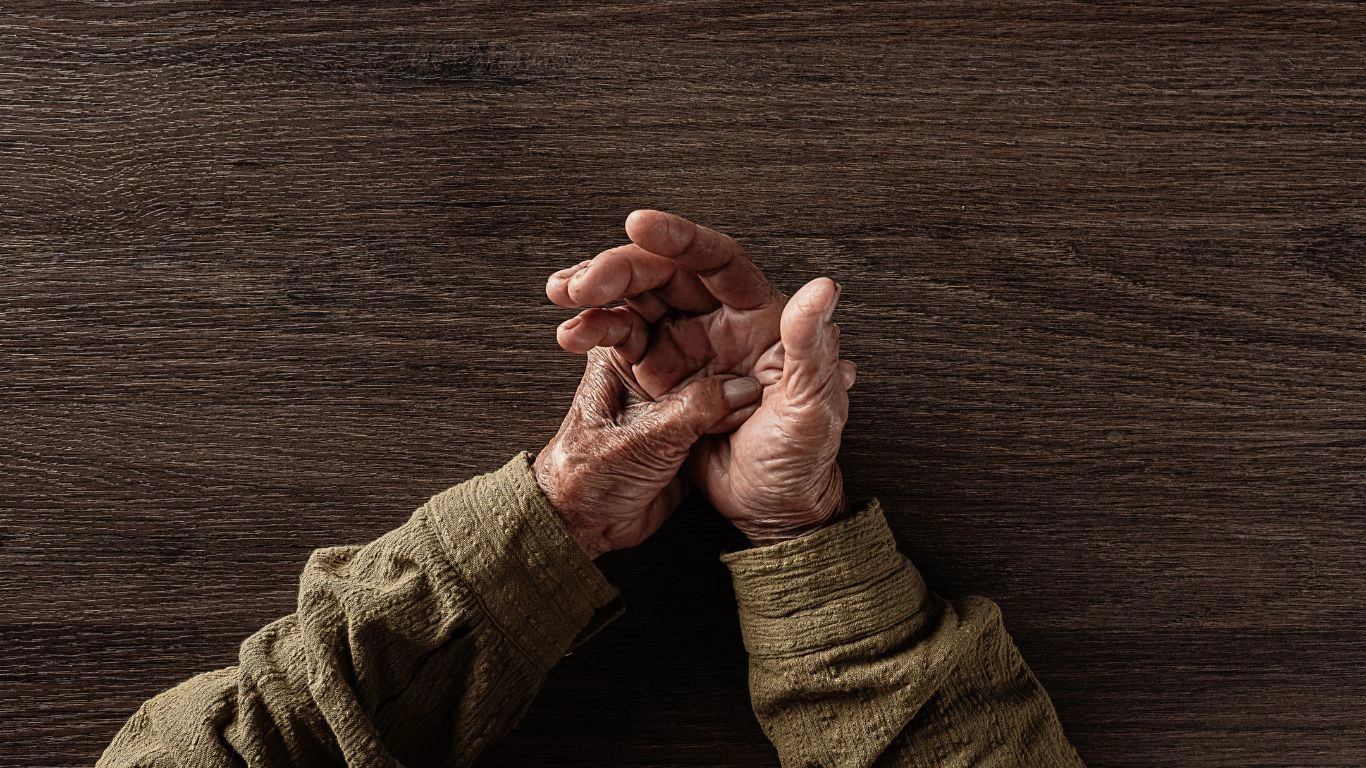
How Heat Helps with RA
When I tell my patients to try heat therapy, I always emphasize how beneficial it can be for easing joint pain and inflammation. The heat helps improve circulation and loosen tight muscles, making it easier for your joints to move freely. It also provides soothing relief that can last for hours, especially if you’re dealing with stiffness after a long day in the cold.
If a bath isn’t your thing, you can try heating pads or warm compresses for targeted relief. I’ve seen firsthand how effective a simple warm compress can be for relieving joint discomfort in areas like the knees, wrists, and elbows. But remember, don’t make the water too hot—just enough to feel relaxing but not scalding. Overdoing it could cause skin irritation, so always keep it comfortable!
Protecting Your Joints While Sleeping
It’s no secret that a good night’s sleep is essential for everyone, but for people with rheumatoid arthritis, it’s even more important. During sleep, your body heals and regenerates, so ensuring that you’re taking the right steps to protect your joints while resting can make a huge difference in how you feel the next day. Cold weather can disrupt sleep by causing discomfort, but there are simple things you can do to ensure you’re getting enough rest without waking up with stiff, painful joints.
Consider Your Sleeping Position
One of the things I often discuss with my patients is the importance of sleep posture. Did you know that the way you sleep can actually impact your joints? For people with RA, sleeping on your back with proper support for your neck and spine can help keep your joints in a neutral position. If you sleep on your side, consider placing a pillow between your knees to prevent strain on your hips and knees. A little extra support can go a long way in preventing joint pain during the night.
Use Extra Layers and Bedding
Keeping your body warm at night is just as important as keeping it warm during the day. Layering up with warm blankets, using a heated blanket, or even wearing cozy socks and gloves can help prevent those cold, stiff nights. I know it might sound like a lot, but believe me, the benefits far outweigh the extra effort. Keeping your joints warm while you sleep can lead to fewer flare-ups and a more restful night overall.
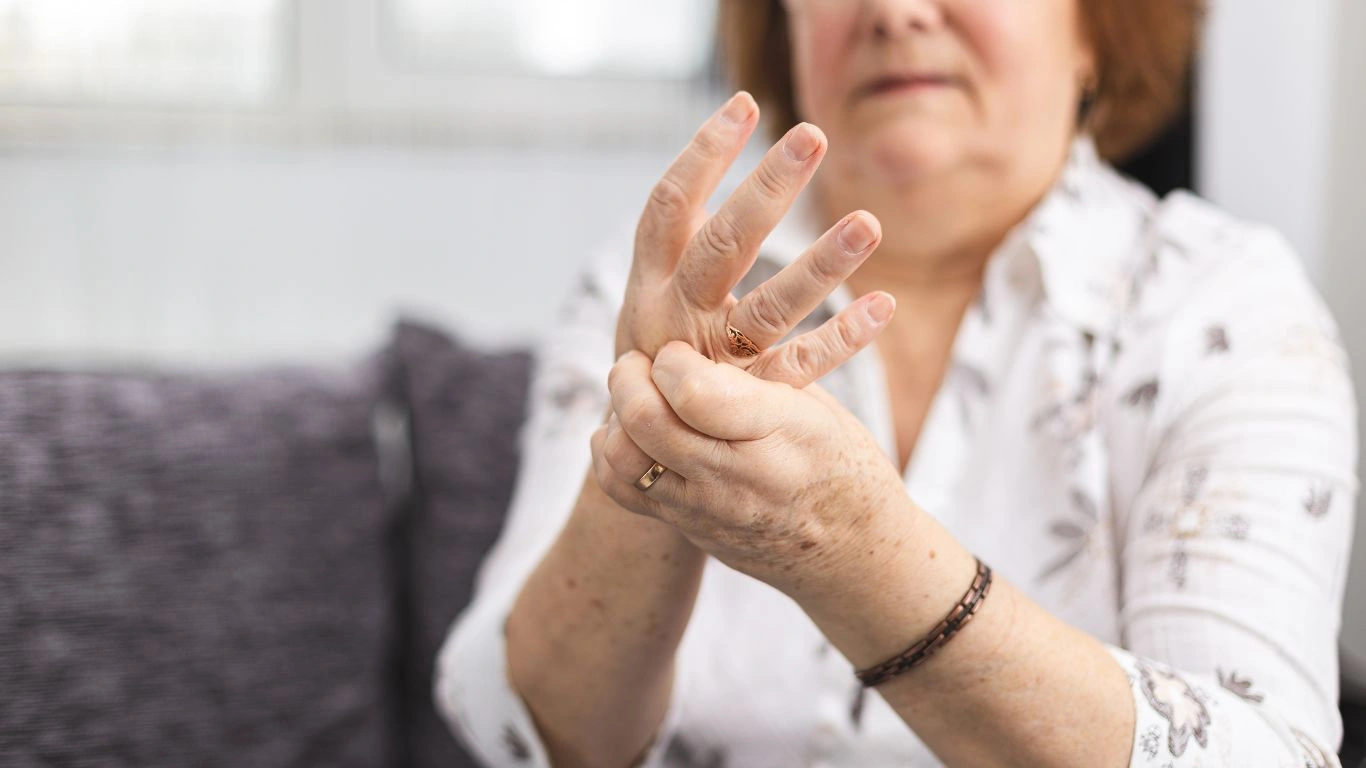
Investing in the Right Footwear
If you have rheumatoid arthritis, especially in your feet and ankles, the colder months can make walking or standing feel like a real challenge. The good news is that investing in the right footwear can make a world of difference in terms of comfort and stability. Your feet bear the brunt of your body’s weight, so supporting them properly is essential for managing RA symptoms, particularly during the winter when colder temperatures make your joints more susceptible to stiffness and swelling.
Look for Cushioned, Supportive Shoes
First and foremost, your shoes need to offer both cushioning and support. I always suggest patients look for shoes that have memory foam insoles or soft padding that absorb shock as you walk. Cushioning can reduce pressure on painful joints, making it easier to move around during those chilly days. Additionally, supportive shoes that offer proper arch support can help maintain alignment and prevent further strain on your joints.
Wearing shoes with a non-slip sole is also crucial in colder months. When the weather gets slippery, you want to be extra cautious to avoid falls or injuries. Opt for shoes with a solid grip to provide stability while walking in wet or icy conditions. Trust me, having the right footwear can be a lifesaver, not just for comfort, but for preventing accidents, too!
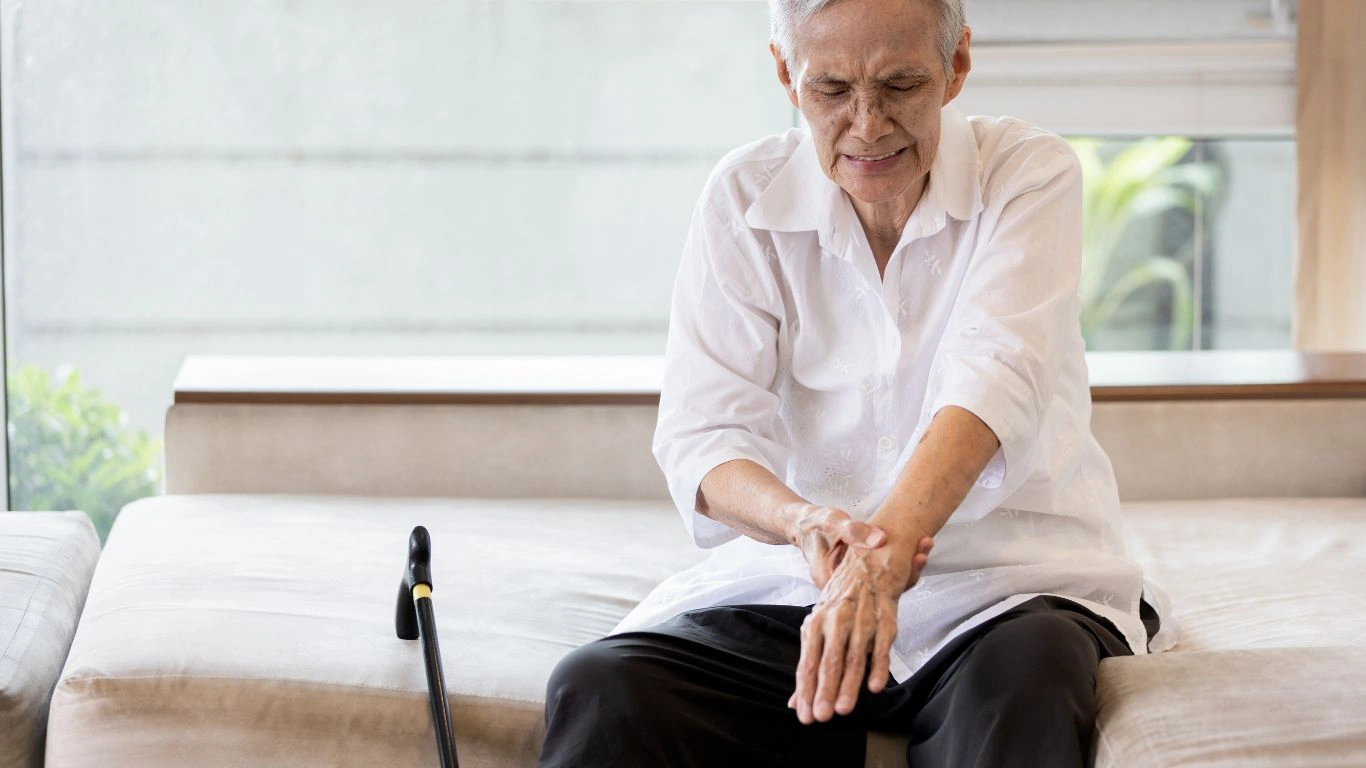
Staying Ahead of Flare-Ups: Planning and Preparation
Managing rheumatoid arthritis during the cold months requires preparation. I know it’s not always possible to prevent every flare-up, but with a little planning and foresight, you can reduce their frequency and severity. Here are a few things I recommend to patients to help them stay ahead of the game when the weather takes a turn for the worse.
Stay on Top of Your Medications
One of the first things I tell patients is to stay consistent with their prescribed medications. RA can be unpredictable, but sticking to your treatment plan, even when you feel good, is crucial. Medication doesn’t just help during flare-ups—it’s a preventative measure to manage inflammation and reduce the chances of a severe flare-up. During the cold months, I always recommend checking in with your healthcare provider to ensure your treatment plan is up-to-date and properly adjusted for the season.
Dress for Success: Layering for Comfort
As we discussed earlier, keeping your joints warm is essential during colder weather. But layering doesn’t stop with clothes—consider wearing compression sleeves for your knees, elbows, or wrists to help with joint support. These sleeves are designed to provide gentle pressure, which can reduce swelling and improve circulation. Many people with RA find that these compression garments not only keep them warm but also make a huge difference in how their joints feel throughout the day.
Staying Social and Mentally Healthy During Cold Months
When it comes to managing rheumatoid arthritis, it’s easy to focus solely on physical care—diet, exercise, medication, and all that—but we mustn’t overlook the importance of mental health. As someone who has worked with patients for years, I can say that the emotional toll of living with RA, especially during the winter months, can be significant. The cold, gray days can sometimes lead to isolation, stress, and even seasonal depression, which can, in turn, affect the body’s inflammation levels. So, let’s talk about how to stay socially active and mentally healthy during these colder months.
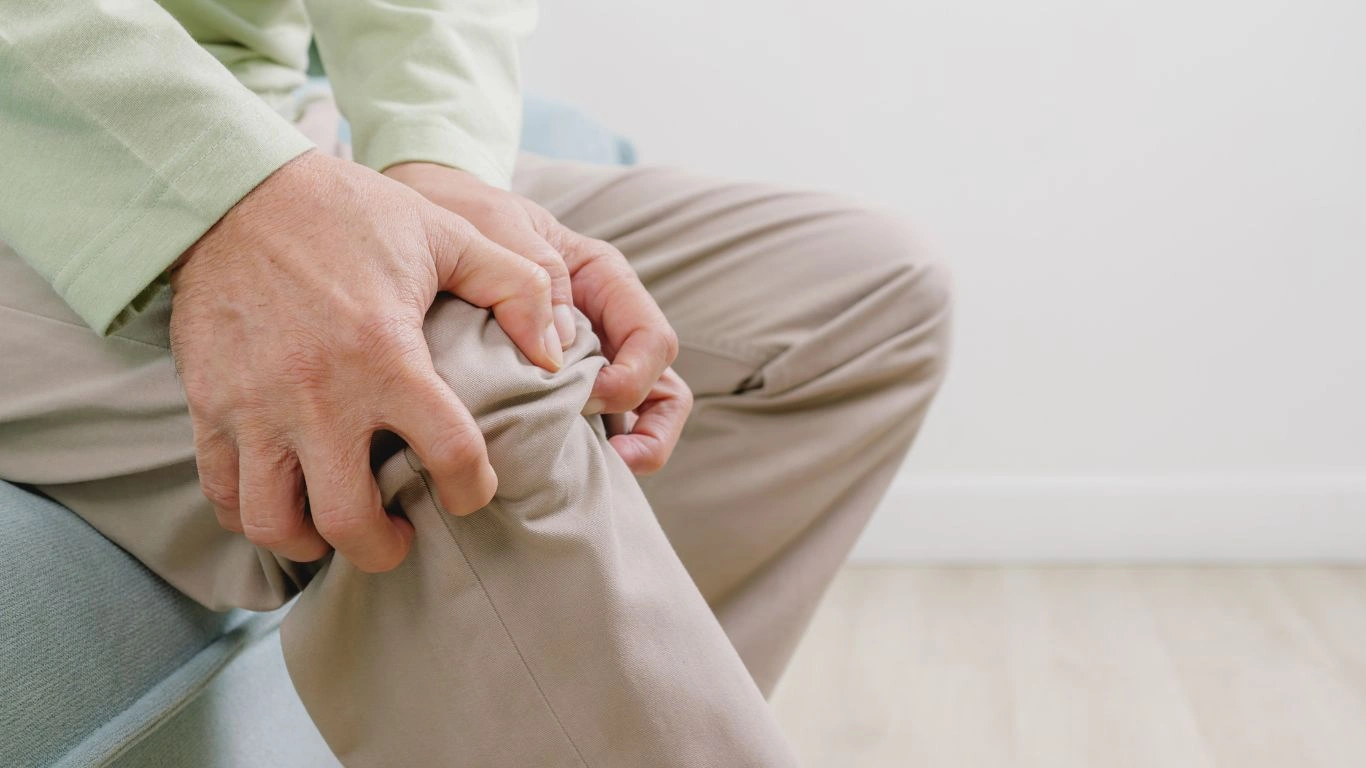
The Importance of Social Support
Isolation can make rheumatoid arthritis worse, both physically and emotionally. If you’re spending long hours at home because the weather is too cold to get out, I encourage you to stay connected with friends, family, or support groups. Whether it’s a quick phone call, a video chat, or meeting up for a coffee, maintaining those connections is key to preventing loneliness and boosting your mood. In my experience, a strong support network not only helps you feel less alone but also gives you a source of motivation to continue taking care of yourself.
Also, never underestimate the power of an online support community. There are countless forums and social media groups where people with rheumatoid arthritis share their stories, tips, and experiences. It’s a wonderful way to feel understood and get encouragement from others who know exactly what you’re going through. These communities can be a lifeline during those long winter months when you might not be able to participate in physical activities as much as you’d like.
Mindfulness and Stress Reduction
Another aspect that I recommend to my patients is integrating mindfulness and stress reduction techniques into their routine. RA can be stressful, and stress is one of the things that can exacerbate symptoms. Taking time each day for relaxation exercises, deep breathing, or even mindfulness meditation can have profound effects on your mental and physical health. I’ve seen patients experience less pain and better overall well-being just by focusing on their breathing and calming their minds.
So, how do you incorporate mindfulness into your routine? Simple practices, like focusing on your breath for a few minutes each day, can help reduce stress levels. There are also many apps and online resources for guided meditation, which can be a great way to unwind at the end of the day. This practice doesn’t just help with mental clarity; it also aids in lowering your body’s overall inflammation, which can make a noticeable difference in joint pain.
Know When to Seek Professional Help
While managing rheumatoid arthritis on your own is definitely possible with the right strategies, there are times when it’s important to seek professional help. If you notice a significant increase in joint pain, swelling, or difficulty moving, it’s always a good idea to check in with your healthcare provider. Sometimes, despite our best efforts, flare-ups can still occur, and it’s essential to have a plan in place with your doctor to manage them.
I always advise my patients to be proactive about their healthcare. Regular check-ups, blood tests, and imaging studies can help track the progression of rheumatoid arthritis and identify any new issues early on. If you feel that your current treatment plan isn’t working well for you, don’t hesitate to have that conversation with your rheumatologist. There are many effective treatment options available, and you deserve to feel your best during the colder months.
Adjusting Treatment for the Winter
In some cases, cold weather may require adjustments to your treatment plan. This could involve changing medications or adding supplements that help support joint health during winter. For example, vitamin D is a critical nutrient that many people lack, especially in the winter months when sunlight exposure is limited. It’s worth discussing with your doctor whether vitamin D supplementation could benefit you. Some of my patients have reported feeling better when adding a vitamin D supplement to their routine during the winter, as it can help with both mood and joint health.
Building a Winter Routine for RA Management
To wrap things up, one of the best things you can do during the cold months is to build a winter routine that caters to your unique needs. This routine should include elements that help you stay active, manage your symptoms, and care for your body and mind. Everyone’s routine will look different depending on their lifestyle and symptoms, but consistency is the key. Whether you decide to focus more on heat therapy, invest in supportive footwear, or prioritize social connections, the goal is to create a comprehensive plan that helps you get through winter with fewer flare-ups and more moments of relief.
Remember, winter doesn’t have to mean more pain. With the right strategies, tools, and mindset, you can make these months more manageable. My advice is to take it one step at a time, be kind to yourself, and remember that there are always ways to improve your well-being—even in the coldest months.

References
Disclaimer
The information provided in this article is for educational purposes only and should not be considered as medical advice. Always consult your healthcare provider for personalized treatment plans and advice regarding your rheumatoid arthritis management. The author is not responsible for any health-related consequences from using the suggestions mentioned in this article.

Tarra Nugroho is a dedicated Nurse Practitioner with a strong foundation in family and preventive care. She brings both compassion and clinical expertise to her practice, focusing on patient-centered care and health education. As a contributor to Healthusias.com, Tarra translates medical knowledge into clear, empowering articles on topics like women’s health, chronic disease management, and lifestyle medicine. Her mission is simple: help people feel seen, heard, and informed—both in the clinic and through the content she creates. When she’s not caring for patients, Tarra enjoys weekend hikes, plant-based cooking, and curling up with a good health podcast.






